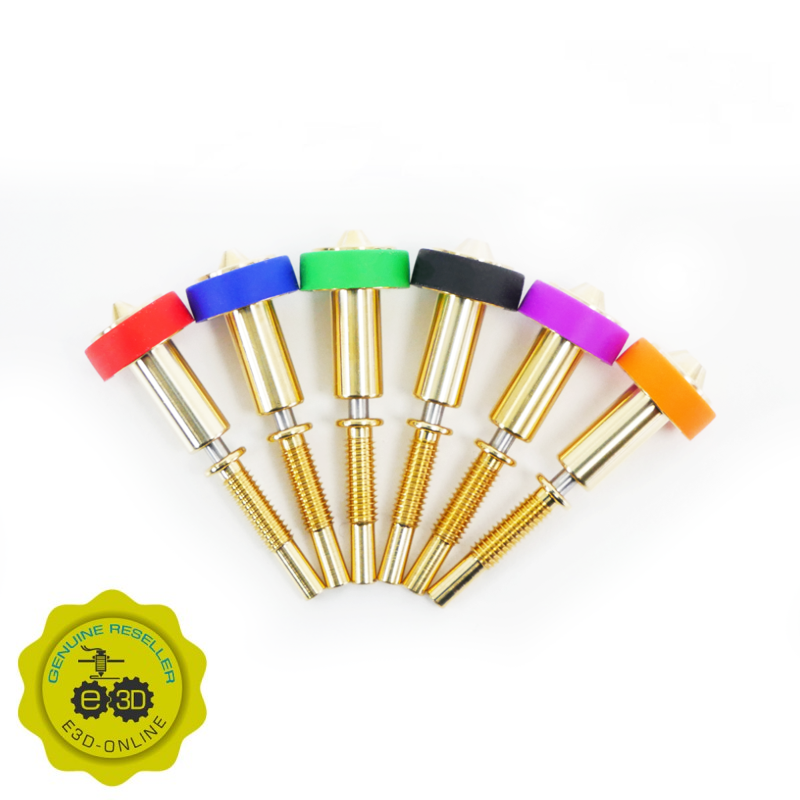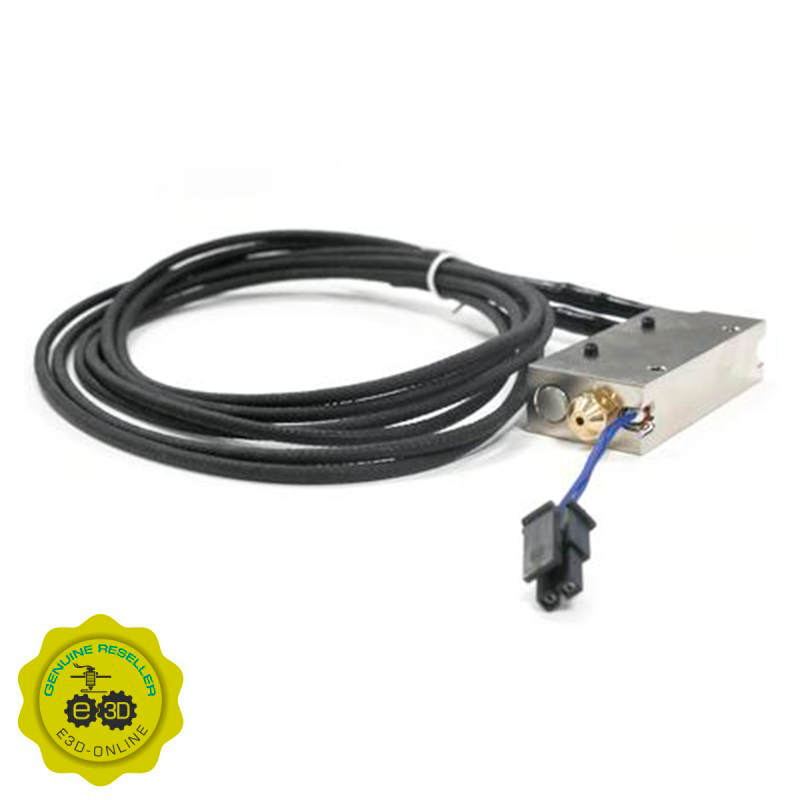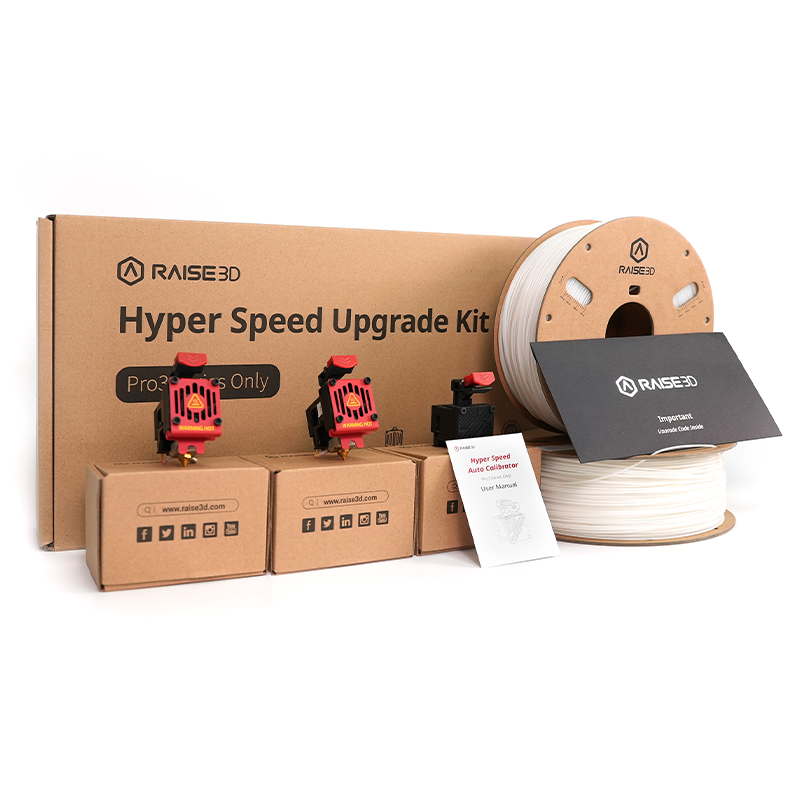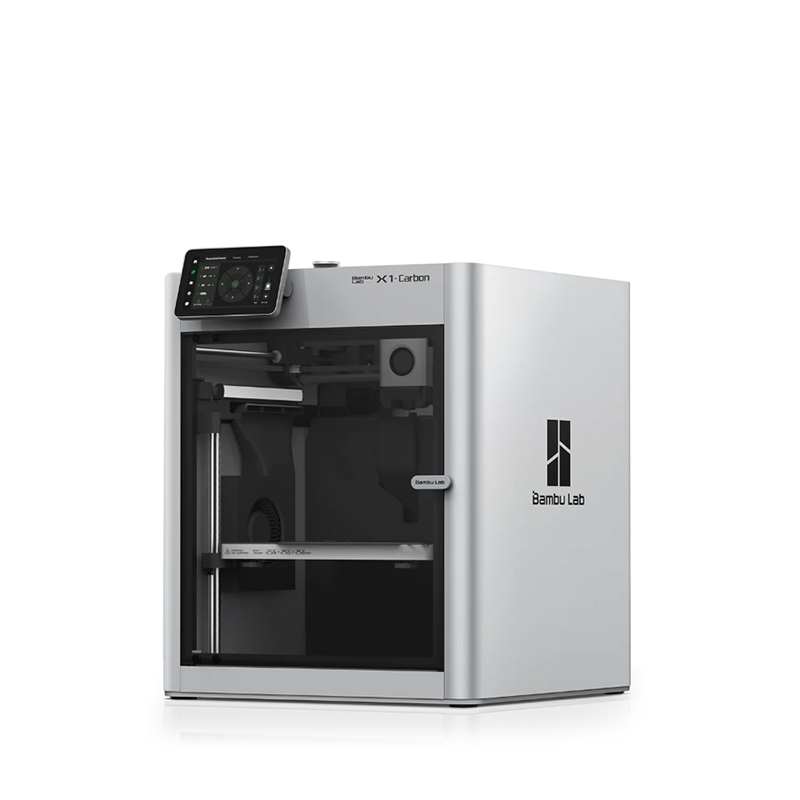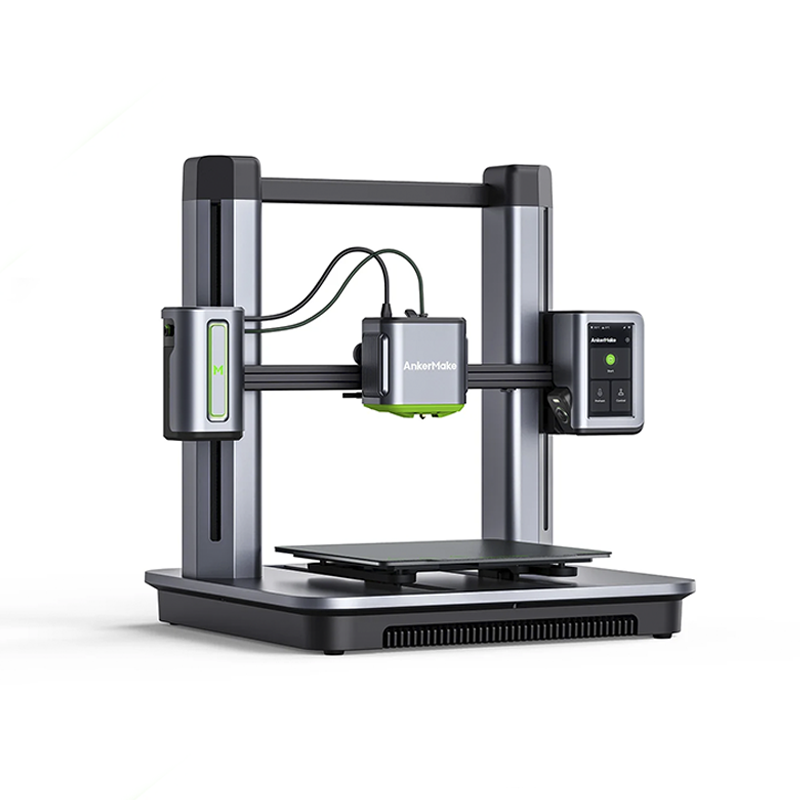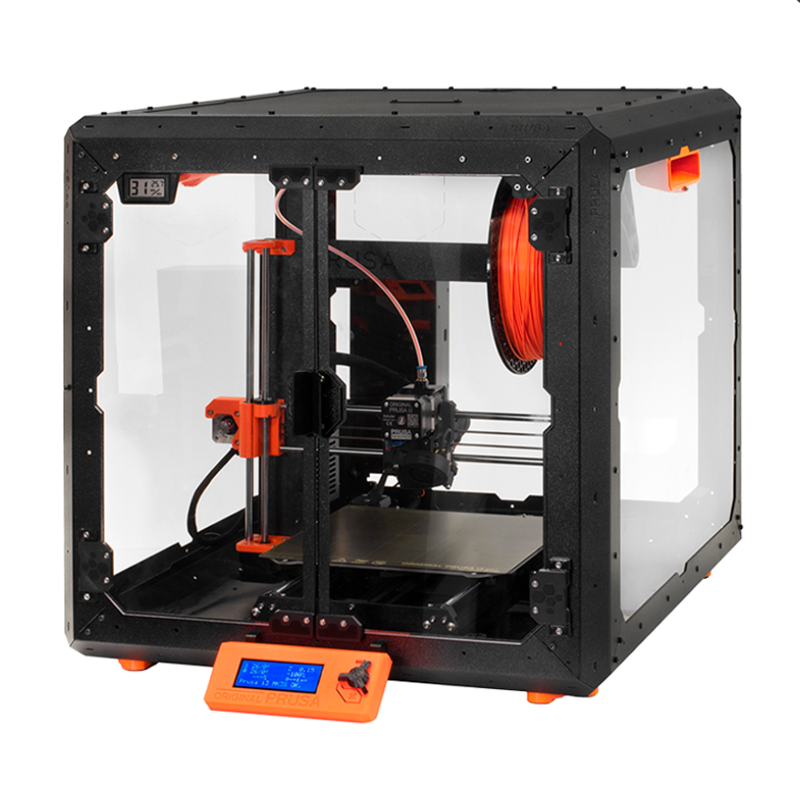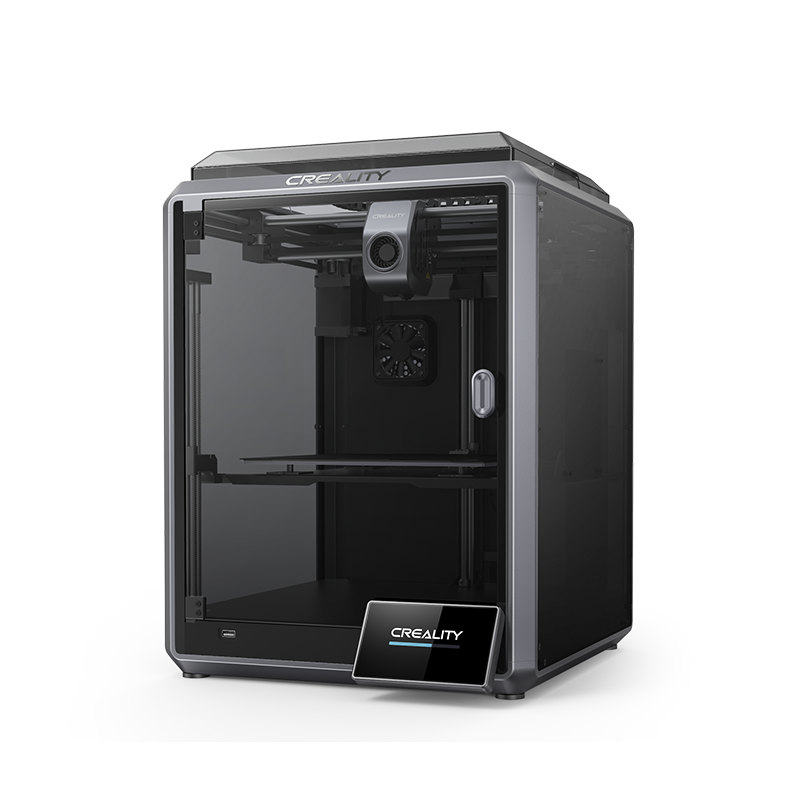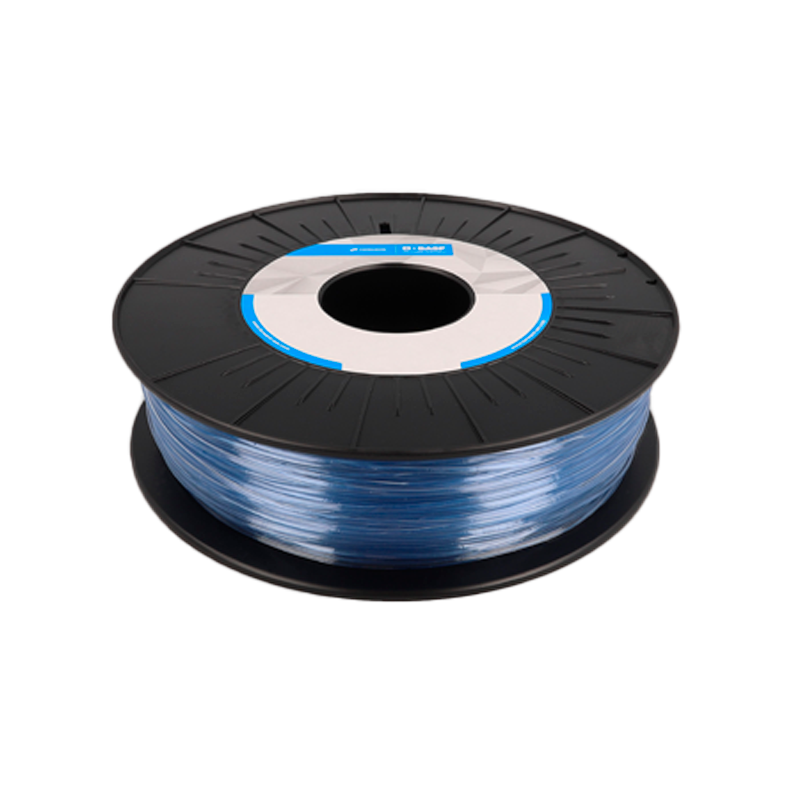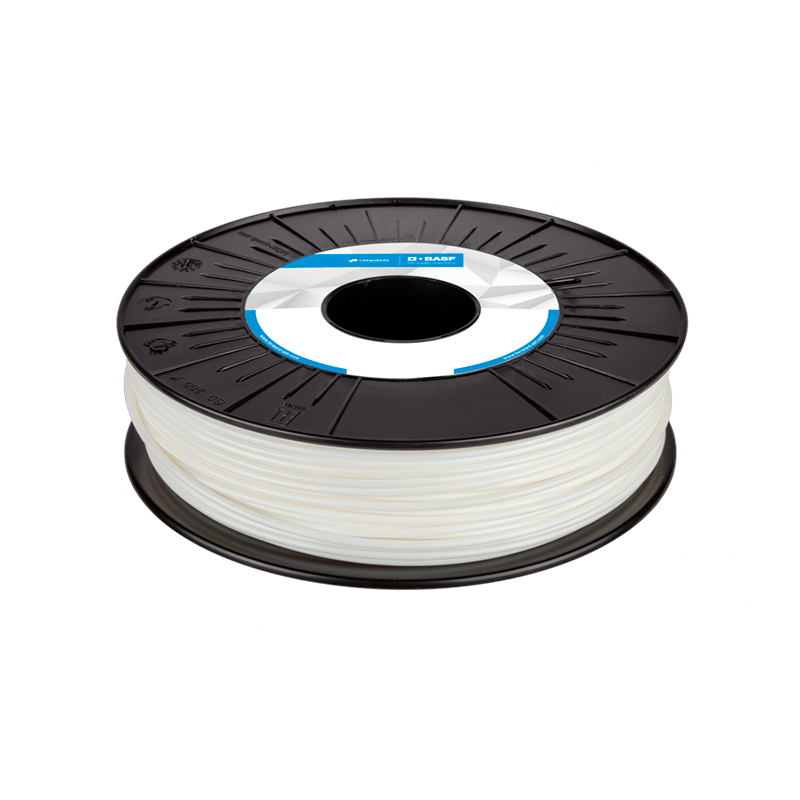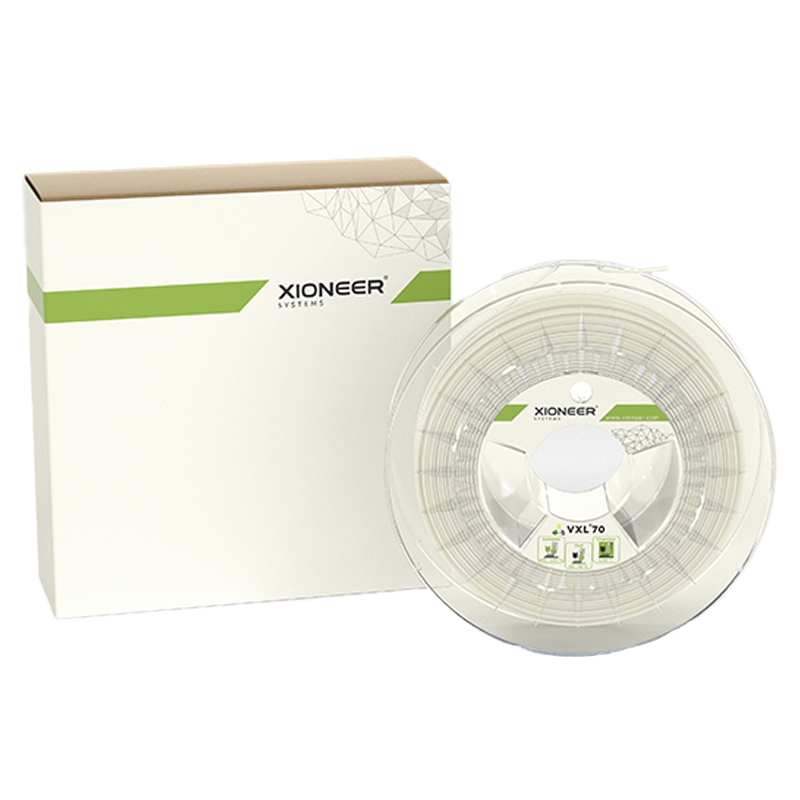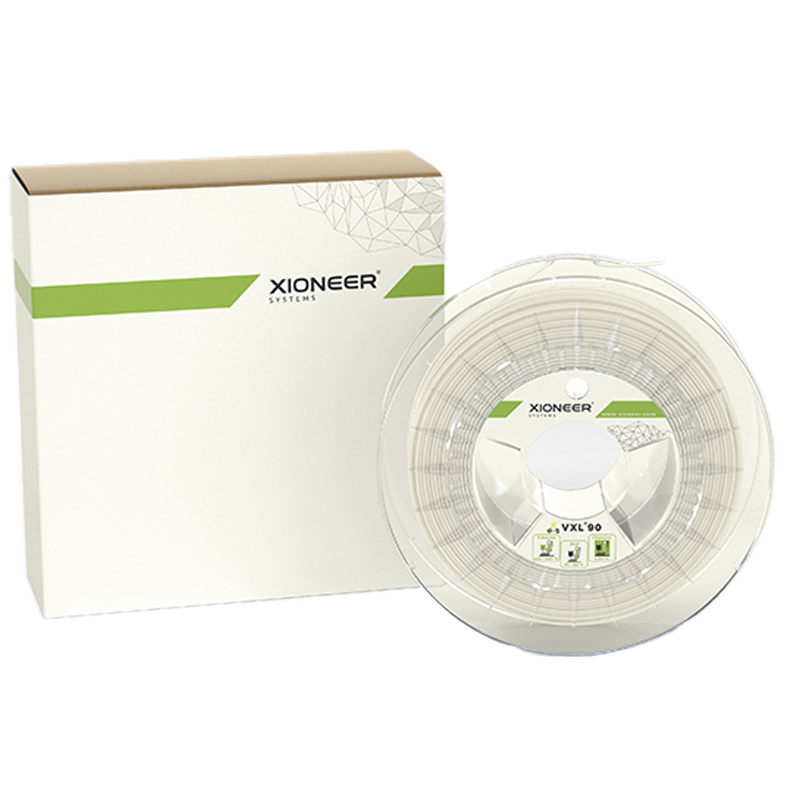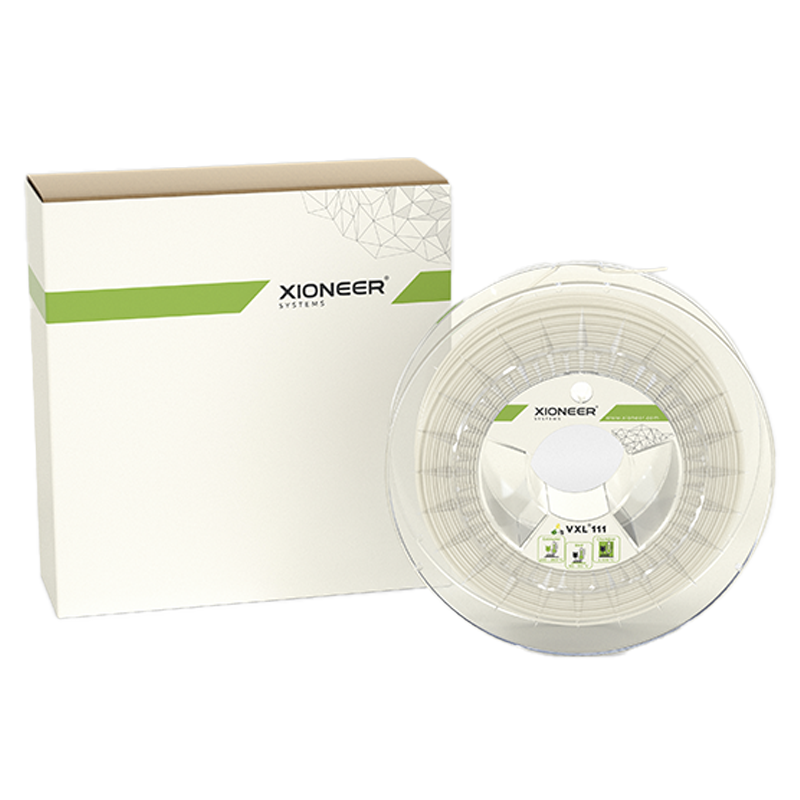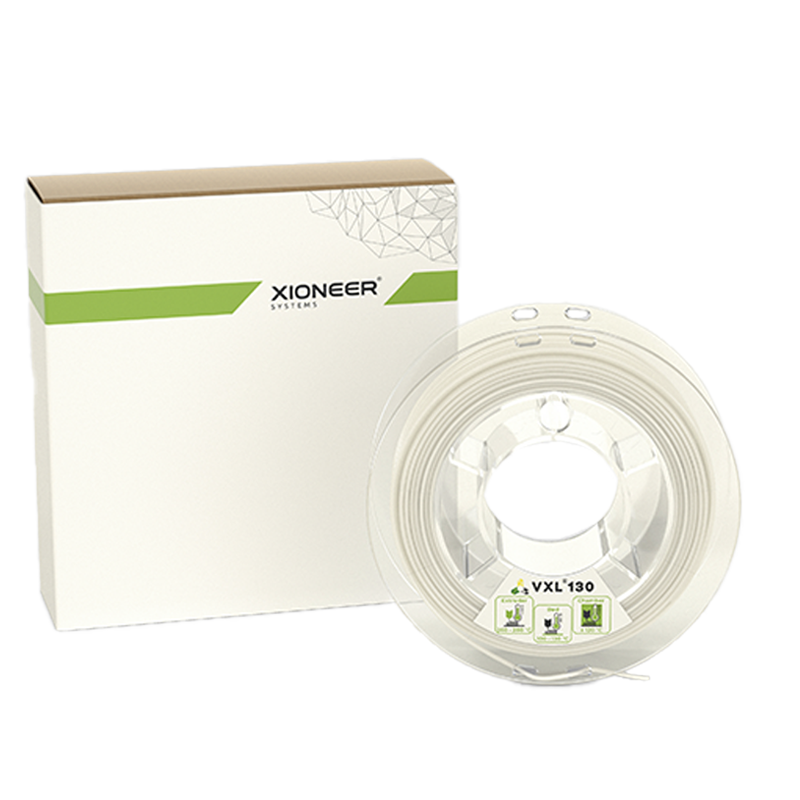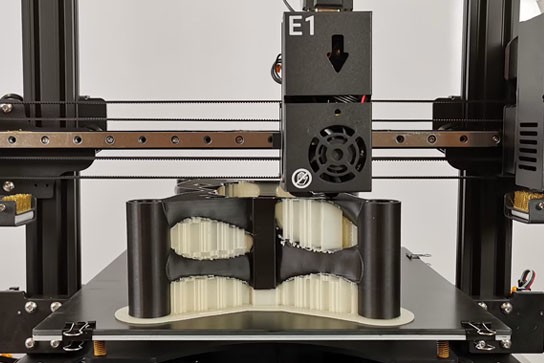
High speed FDM 3D printing
High speed equipment
High-speed Fused Deposition Modeling (FDM) 3D printing stands as a groundbreaking advancement in additive manufacturing. This method employs rapid extrusion of thermoplastic materials, enabling accelerated layer-by-layer construction of intricate designs. High-speed FDM utilizes specialized printers equipped with enhanced mechanisms, such as high-flow nozzles and optimized heating systems, facilitating swift material deposition without compromising print quality.
Previously, desktop 3D printers were unable to exceed the 80 mm/s threshold in printing speed. The usual settings for bead width and layer height limited the volumetric flow to 6 mm³/s or lower. However, the recent introduction of high-speed 3D printers within this market category has unlocked the potential to operate at speeds never before reached in 3D printing. This emergence offers new prospects to harness these unprecedented printing speeds. This process significantly reduces production times, offering efficient fabrication of prototypes, functional parts, and complex geometries. Its unparalleled speed enhances productivity in industrial settings, catering to the demands of professionals seeking swift and precise manufacturing solutions in various sectors.
High speed filament
Nevertheless, the extrusion of standard filaments on high-speed equipment may not yield the expected results. This is why the best choice for high speed printing are high-speed filaments. These materials are meticulously crafted to meet the demands of rapid and precise material extrusion and typically comprise advanced thermoplastics, including PLA, ABS, PETG, or specialized blends tailored for rapid printing without compromising structural integrity
Manufacturers engineer these filaments with specific diameter tolerances and consistent roundness to ensure smooth and reliable material flow during high-speed extrusion. Additionally, certain filaments integrate additives or reinforcements to enhance properties like strength, heat resistance, or flexibility, crucial for producing durable and functional prototypes or end-use parts at an accelerated pace. The meticulous selection of filaments plays a pivotal role in optimizing the high-speed 3D printing process, providing professionals with a diverse range of materials to match their specific application needs.
Support filaments for high speed printing
The evolution of high-speed filaments has been impressive, catering to swift extrusion demands in 3D printing. However, the challenge persists in the lack of compatible support filaments capable of sustaining these escalated extrusion speeds. The disparity in innovation between high-speed filaments and supportive counterparts hampers the seamless execution of intricate designs and thwarts the potential of high speed equipment and filaments by still requiring low printing speeds.
Addressing this discrepancy remains pivotal in ensuring holistic progress within high-speed FDM 3D printing, urging further research and development to bridge the gap between rapid filament extrusion and adequate support material capabilities. This is just what BASF Forward AM and Xioneer have decided to dedicate their efforts to.
BASF and Xioneer help bridge the gap
BASF Forward AM, the prominent provider of 3D printing materials, and Xioneer, a key supplier of soluble support materials, collaborated to introduce high-speed printing capabilities using their materials on desktop printers. Through the utilization of the Raise3D Pro3 Hyper FFFTM system, they successfully validated various combinations of model-support materials. The utilization of soluble supports stands as a crucial factor in enabling design flexibility for your components and optimizing production by minimizing the need for manual labor during the post-processing phase.
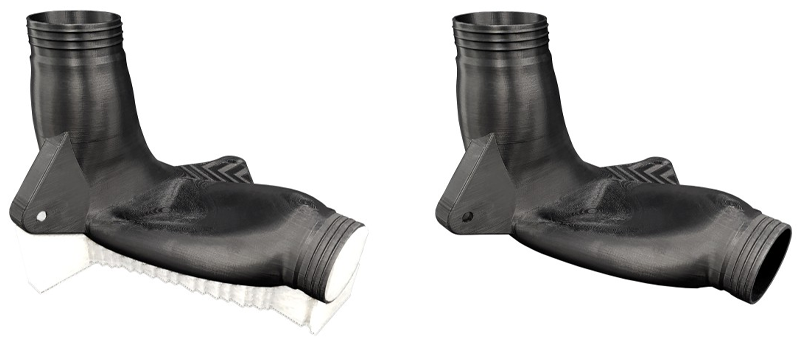
Image 1: Manifold pipe 3D printed with VXL 90 Soluble Support material and Ultrafuse ABS Fusion+ model material. Source: Xioneer.
These validations confirmed the feasibility of printing speeds reaching up to 300 mm/s while maintaining a flow rate of up to 30 mm³/s. This achievement marks a significant advancement, showcasing a throughput five times greater than that of earlier 3D printing systems.
| Ultrafuse material | Xioneer VXL 70 | Xioneer VXL 90 | Xioneer VXL 111 | Xioneer VXL 130 | |
|---|---|---|---|---|---|
| Standard | PLA | ✓ | ✓ | ✗ | ✗ |
| PET | ✗ | ✓ HS | o | ✗ | |
| ABS | ✗ | ✓ HS | ✓ HS | ✗ | |
| rPET | ✗ | ✓ HS | o | ✗ | |
| PP | ✗ | ✗ | ✗ | ✗ | |
| Engineering | PLA Tough | ✓ | ✓ HS | ✗ | ✗ |
| PLA PRO1 | ✓ | ✓ HS | ✗ | ✗ | |
| ABS Fusion+ | ✗ | ✓ HS | ✓ HS | ✗ | |
| ASA | ✗ | o | o | ✗ | |
| PA | ✗ | o | o | ✗ | |
| PC/ABS FR | ✗ | o | o | ✗ | |
| Flexible | TPU 85A | o | o | o | ✗ |
| TPU 95A | o | o | o | ✗ | |
| TPU 64D | o | o | o | ✗ | |
| TPS 90A | o | o | o | ✗ | |
| TPC 45D | o | o | o | ✗ | |
| Reinforced | PET CF15 | ✗ | ✓ HS | o | ✗ |
| PAHT CF15 | ✗ | ✓ HS | ✓ HS | ✗ | |
| PP GF30 | ✗ | ✗ | ✗ | ✗ | |
| PA6 GF30 | ✗ | o | o | ✗ | |
| PC GF30 | ✗ | o | o | o | |
| HT | PPSU | ✗ | ✗ | ✗ | ✗ |
Table 1: The compatibility of the Xioneer soluble support materials with the BASF Ultrafuse filaments for high speed FDM 3D printing. Source: BASF.
Combinations of Xioneer VXL support material and BASF Ultrafuse filament that are suitable for high speed printing are marked with "✓ HS". Materials marked with "✓" are valid for use at normal extrusion speeds. Incompatible combinations are marked with "✗" and combinations that are still to be validated are marked with "o".
Ongoing research is underway to explore additional material combinations, slated for future implementation. Notably, achieving such high speeds, particularly at the interface between the model and support materials, remains unattainable with any support material except VXL, primarily due to adhesion issues encountered at elevated speeds.

